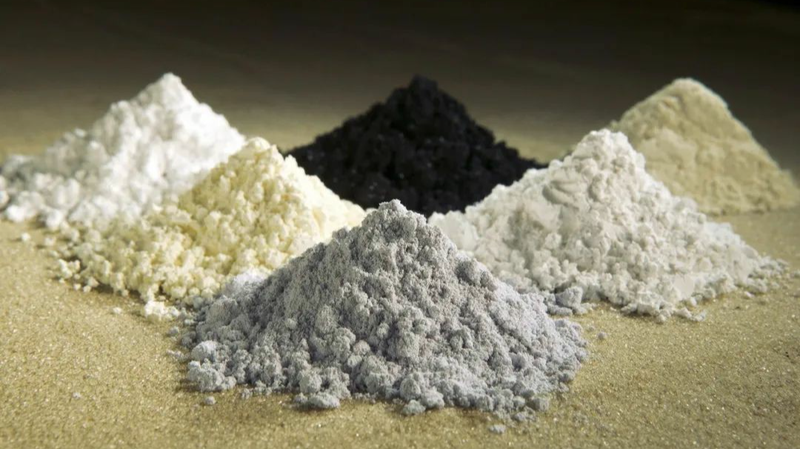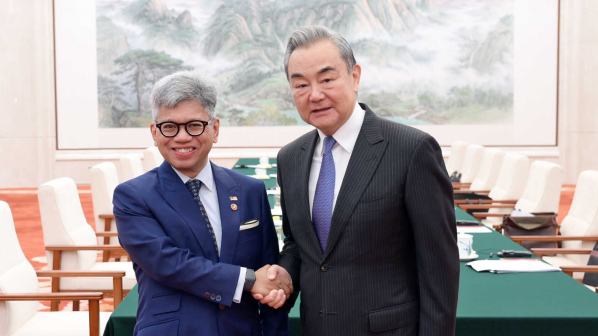Rare earth elements (REEs) may be obscure, but they are the backbone of today’s tech-driven world. From your smartphone screen to wind turbines, these 17 metallic elements unlock optical, magnetic, and electrical properties that fuel innovation across industries.
What Makes Rare Earths Rare?
Despite their name, rare earths are relatively abundant in the Earth’s crust yet seldom found in concentrated, easy-to-extract forms. This family of 17 elements includes the lanthanoids, plus scandium and yttrium. When blended with other materials, they create super-efficient magnets, high-performance batteries, and cutting-edge semiconductors.
Why the Chinese Mainland Dominates the Market
In mining and processing rare earths, the Chinese mainland holds a commanding lead. Strategic investments in infrastructure and refining capacity have given the region control over a significant share of the global supply chain. Any shift in policies or export rules there can reverberate across industries from consumer electronics to clean energy.
Global Supply Chain Risks and New Frontiers
Relying on a single dominant source brings vulnerabilities. Political, environmental, or logistical disruptions can spike costs and stall production of electric vehicles, smartphones, and green energy solutions. To reduce this risk, countries and companies are scouting new deposits in Australia, the United States, and Africa, while boosting recycling efforts to recover REEs from electronic waste.
Looking Ahead
The quest to diversify rare earth sources and upgrade processing technologies is accelerating. For entrepreneurs, investors, and policymakers, mastering the rare earths story is key to driving the next wave of tech innovation and sustainability. As global demand for cleaner energy and smarter devices grows, these hidden metals will only become more strategic.
By demystifying rare earths, we aim to spark curiosity, foster informed conversations, and inspire steps toward a more resilient global supply chain.
Reference(s):
Rare earths: What are they and why the world depends on China for them
cgtn.com



